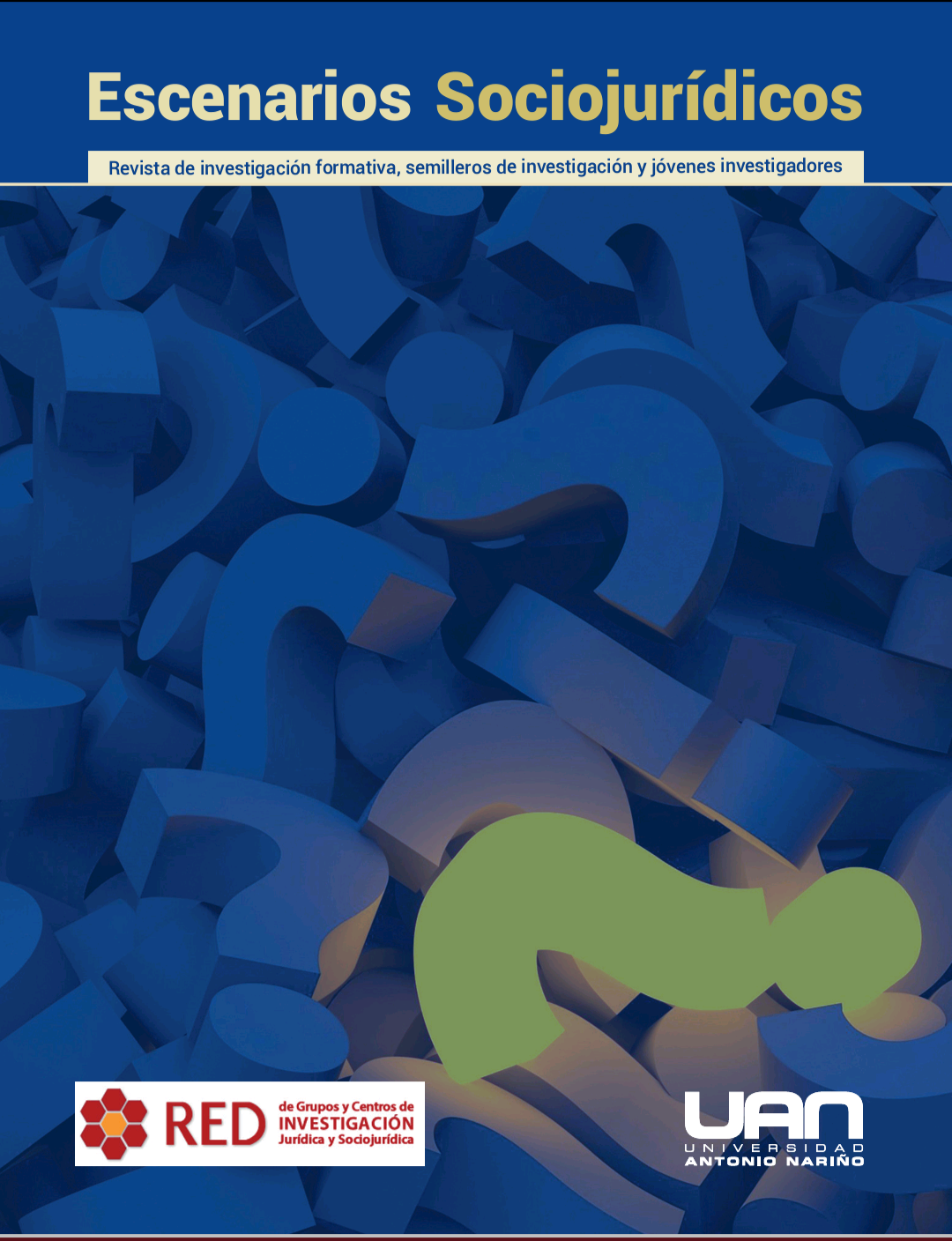RELATIONSHIP BETWEEN NEUROSCIENCE AND THE STUDY OF CRIMINAL DOGMATICS AND ITS IMPORTANCE IN DETERMINING EVENTUAL MALICE AND GUILT WITH REPRESENTATION
Keywords:
Culpa con representación, Dolo eventual, Derecho penal, Neurociencia, NeuroimagenAbstract
The important advances made by neuroscience during the last decades have led to the rethinking of theories in different fields of knowledge, since this has allowed the creation of sophisticated technologies that allow obtaining images not only of the brain, but also of the neuronal functioning in the central nervous system, which makes it possible to establish whether a person acts with free will or not, or whether that person is really aware of the acts he performs in his daily life. This is of superlative importance for criminal dogmatic and for the theory of crime, especially when trying to determine whether a subject acts with intent or with recklessness at the time of performing an action that produces a typical result, which makes it possible to consider the idea of using neuroscience as expert evidence for criminal proceedings, closely following the requirements established in article 422 of Law 906 of 2004.
Downloads
References
Código Penal [CP]. Ley 599 de 2000. 24 de julio de 2000 (Colombia).
Clavijo, D. (2013). El proyecto de la investigación. (2ª Ed.). Universidad Libre Seccional Cúcuta.
Matías, S. (2012). Tendencias y enfoques en la investigación en Derecho. Diálogos de saberes, (36), 9-22. https://revistas.unilibre.edu.co/index.php/dialogos/article/view/1845
Sampieri, R., Mendoza, C. (2018). Metodología de la investigación: las rutas cuantitativa, cualitativa y mixta. Mc Graw Hill.
Bernal, C. (2010). Metodología de la Investigación. Prentice Hall.
Hernández, T. (2019). Dogmática penal y Neurociencias. Estudios de Derecho, 76 (168), 95-121. https://revistas.udea.edu.co/index.php/red/article/viewFile/339051/20794483
Luna, F. (2019). Técnicas neurocientíficas como medio de prueba pericial. Prolegómenos, 22(44), 143-154. https://doi.org/10.18359/prole.4160
Gómez, C., Gutiérrez, C. (2017). Neurociencias y Derecho: Reflexiones sobre la cognición social, el libre albedrío, la dignidad humana, la culpabilidad y la prueba novel. Universidad Externado de Colombia.
Limeta, J. (2020). Una aproximación subjetiva al neuroderecho. Revista Mexicana de Ciencias Penales, 3(12), 91-106 https://doi.org/10.57042/rmcp.v3i12.368
Zaffaroni, E. (1981). Tratado de Derecho Penal. Parte General, Tomo III. Buenos Aires: Ediar.
Velásquez, F. (2020). Fundamentos de Derecho Penal. Parte General. 3ª Ed, Bogotá: Tirant lo blanch.
Roxin, C. (1997). Derecho Penal, Parte General. Tomo I: Fundamentos. La estructura de la teoría del delito. Madrid: Civitas.
Corte Suprema de Justicia, Sala de Casación Penal. (04 de marzo de 2020). Sentencia SP 714-2020. Rad. 49750. MP. Dr. José Francisco Acuña Vizcaya.
Corte Suprema de Justicia, Sala de Casación Penal. (25 de agosto de 2010). Rad. 32964. MP. Dr. José Leonidas Bustos Martínez.
Downloads
Published
-
Abstract540
-
PDF (Español)166
How to Cite
License
Copyright (c) 2023 Juan Pablo Rodríguez Sarmiento

This work is licensed under a Creative Commons Attribution-NonCommercial-ShareAlike 4.0 International License.


 Portal de Ciencia Abierta
Portal de Ciencia Abierta